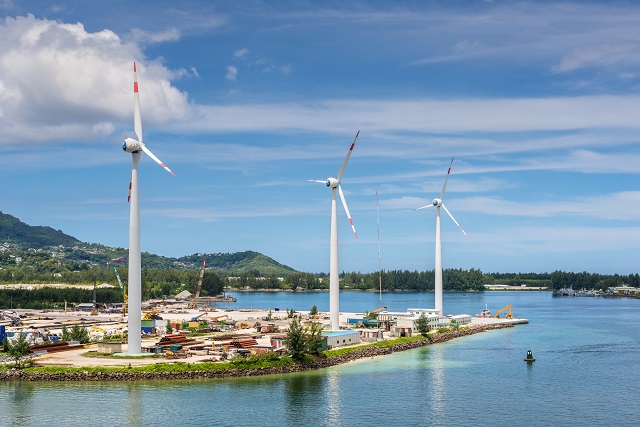Seychelles has pledged to protect 100 percent of its mangroves and seagrass ecosystem and reduce greenhouse gas emission by 24 percent by 2030 in its climate action plan submitted ahead of the United Nations Climate Change Conference (COP26) in Glasgow in November.
The climate change and environment ministry said in a press statement on Wednesday that Seychelles submitted its updated Nationally Determined Contributions (NDCs) to the United Nations Framework Convention on Climate Change in July.
The NDCs are national climate plans highlighting climate actions and targets by governments to respond to climate change. They work on a five-year cycle.
The first round of submissions was in 2015 where 184 countries made their pledges. The second round was due last year, but most countries faced delays partly due to the COVID-19 pandemic. The ideal situation is for all countries to submit their commitments before the start of COP26 on November 1st where world leaders will come together to debate on climate change.
In the chapter dedicated to the ocean and blue carbon in the Seychelles climate change plan, the island nation will protect at least 50 percent of its seagrass and mangrove ecosystems by 2025, and 100 percent by 2030. A long-term monitoring programme for seagrass and mangrove ecosystems by 2025 will be set up and it includes the greenhouse gas sink of the blue carbon ecosystems within the National Greenhouse Gas Inventory by 2025.
Seychelles also commits to the implementation of its adopted Marine Spatial Plan and the effective management of the 30 percent marine protected areas within its Exclusive Economic Zone (EEZ) of 1.4 million square kilometres.
In a virtual conference on climate change development in Africa last week, the Minister for Environment, Flavien Joubert said that “Seychelles needs solutions such as an economy that functions in a sustainable way, the creation of green jobs, energy-efficient buildings, cars with alternative driving technologies and simple measures such as planting trees.”
Seychelles is set to achieve a decarbonised economy by boosting electricity generation from renewable energies. (Ministry of Agriculture, Climate Cange and Environment) Photo License :CC-BY
“The government of Seychelles is embarking on green investments built around renewable energy, sustainable transport solutions and nature-based rehabilitation which could deliver a significant number of additional jobs and increase in percentage of more value-added in the economy,” he added.
In the long-term commitment in the climate change plan, the Seychelles’ government is set to achieve a decarbonised economy by 2050. This will be done by boosting electricity generation from renewable energies, shift progressively to low carbon transport, use renewable energy for water supply mobilisation and secure a sustainable and resilient water management system.
Seychelles will also give high priority to adaptation in its new plan in the hope that it improves its resilience to the impacts posed by climate change. The key contributions to adaptation will include appropriate coastal planning and management and the use of Nature-based Solutions for climate resilience.
The Paris Agreement of the UN Framework Convention on Climate Change (UNFCCC), aims to accelerate efforts to reduce global greenhouse gas emissions to limit the global temperature to 2 degrees Celsius above preindustrial levels while pursuing further efforts to limit the increase to 1.5 degrees.
Article 4 in the Paris Agreement makes a requirement that all parties shall prepare, communicate and maintain successive nationally determined contributions (NDCs) that it intends to achieve. The NDCs are national climate plans highlighting climate actions, and targets by governments to respond to climate change and they work on a five-year cycle.

